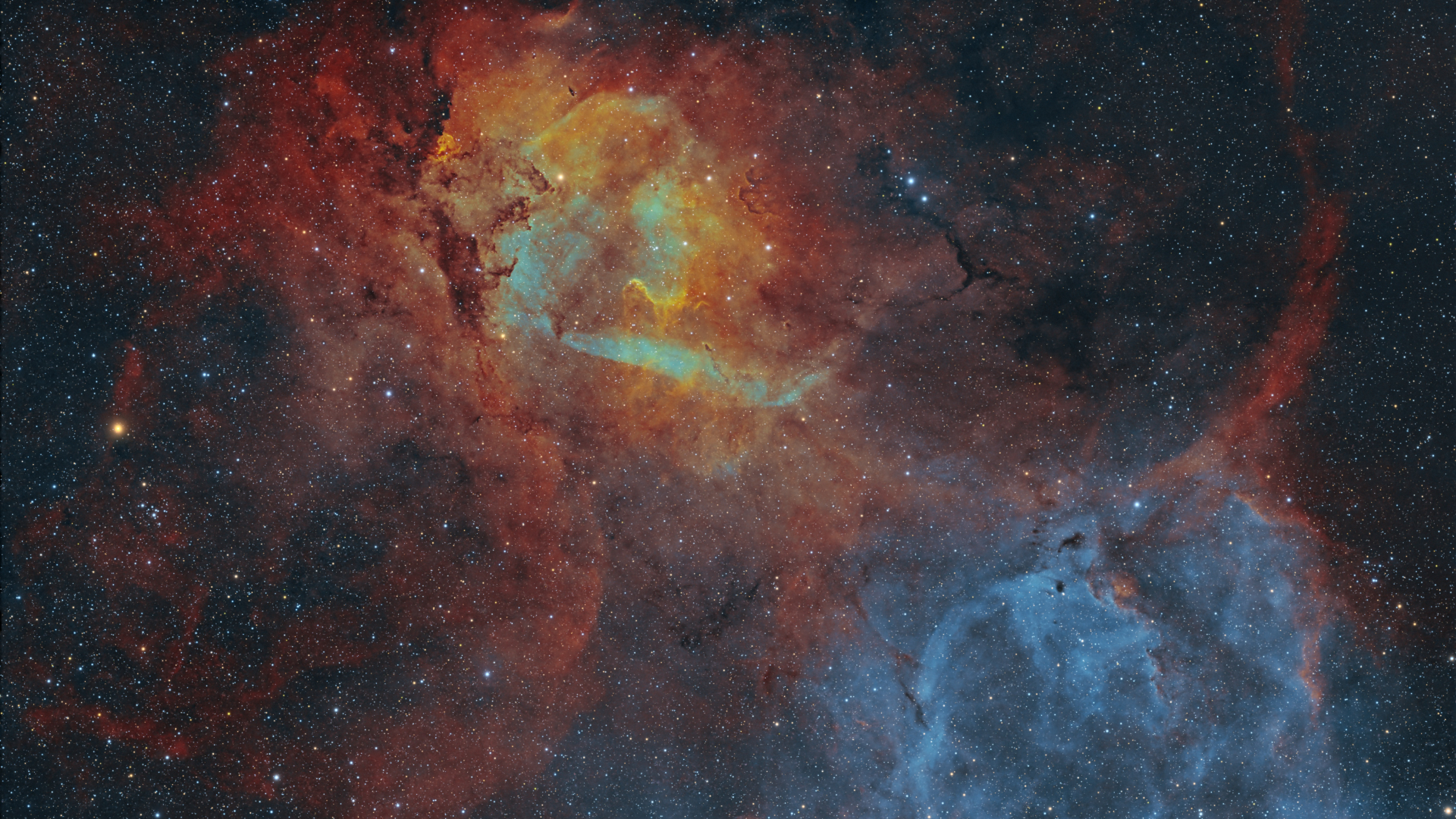Astronomy
Explore Astronomy
Latest about Astronomy
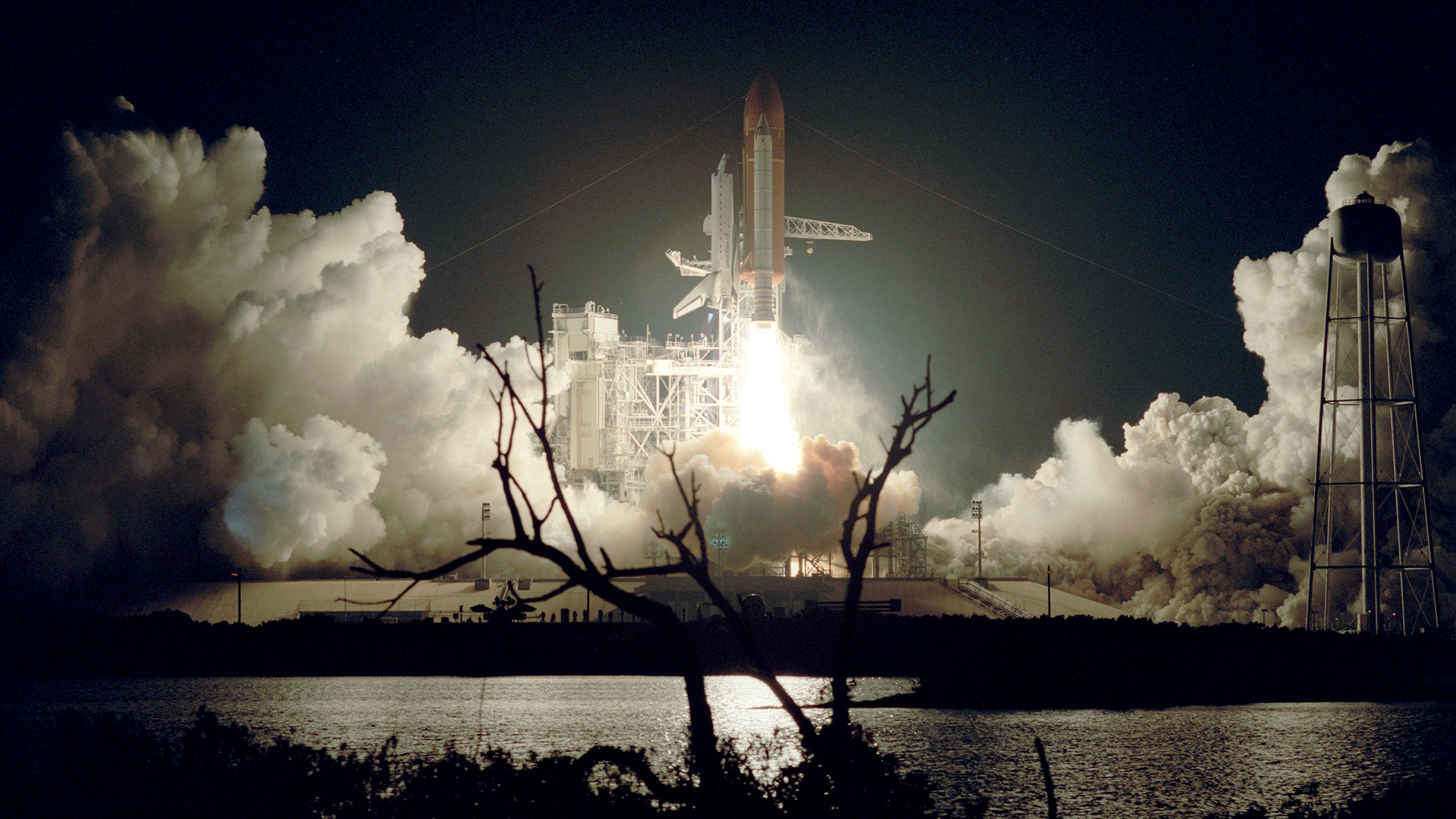
On this day in space! Nov. 22, 1989: Space Shuttle Discovery launches classified military satellite on STS-33
By Hanneke Weitering, Elizabeth Howell last updated
On Nov. 22, 1989, the space shuttle Discovery launched on a classified mission: STS-33.
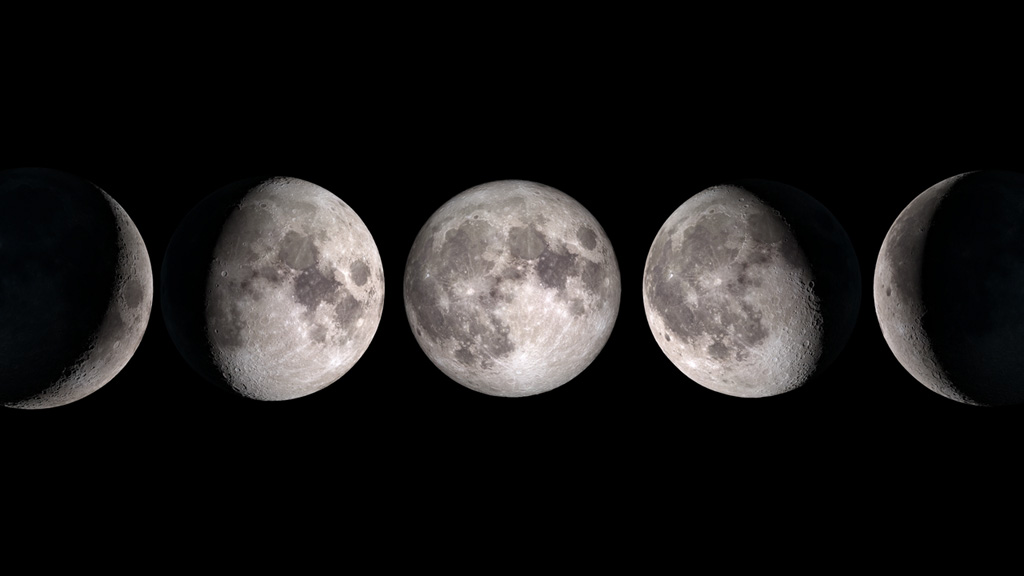
What is the moon phase today? Lunar phases 2025
By Tariq Malik, Daisy Dobrijevic last updated
Reference See what moon phase it is tonight and find out when you can see the rest of the moon phases for 2025.
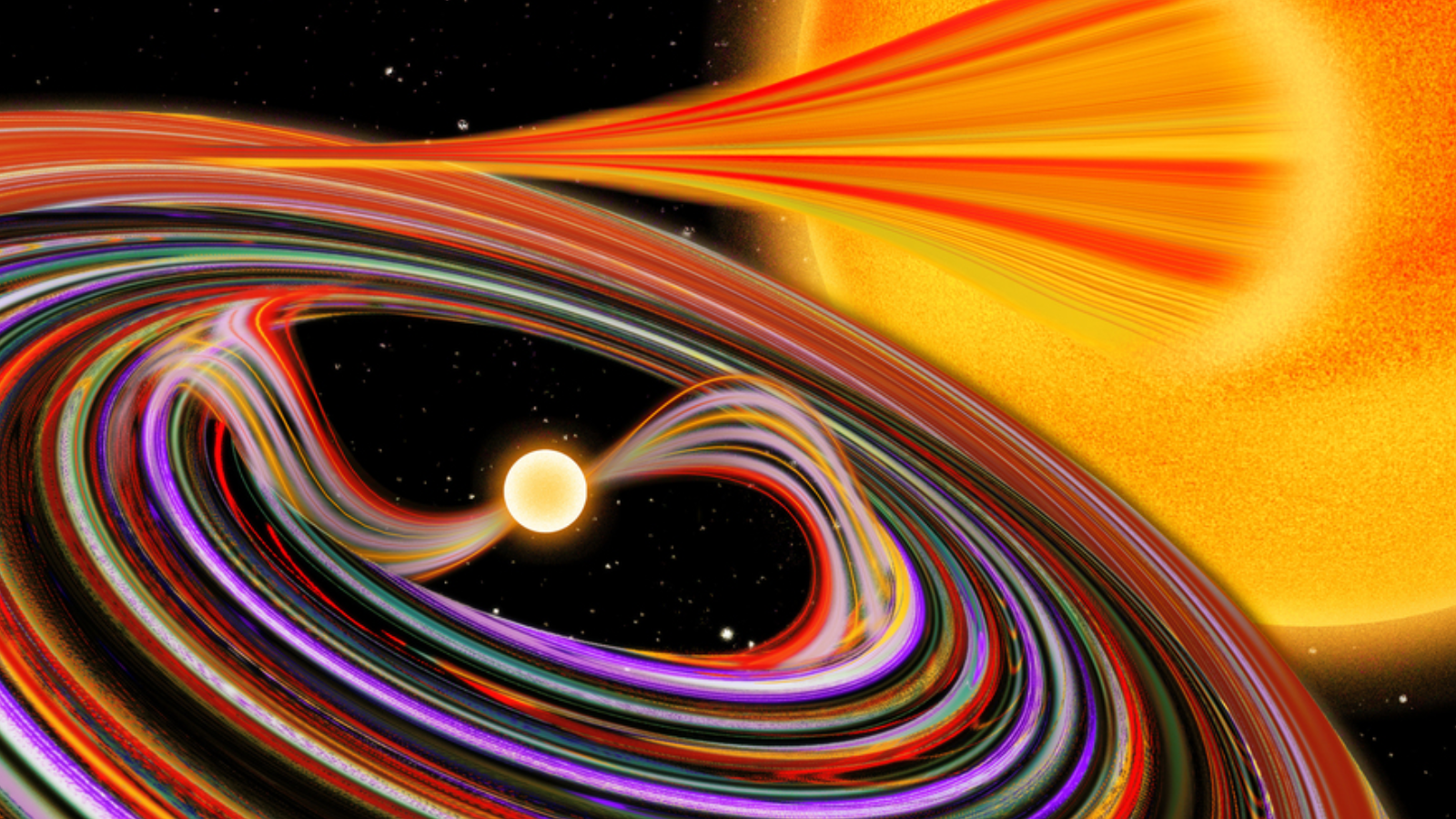
Scientists get 1st good look at a 'vampire star' feeding on its victim
By Robert Lea published
"If you were able to stand somewhat close to the white dwarf's pole, you would see a column of gas stretching 2,000 miles into the sky, and then fanning outward."
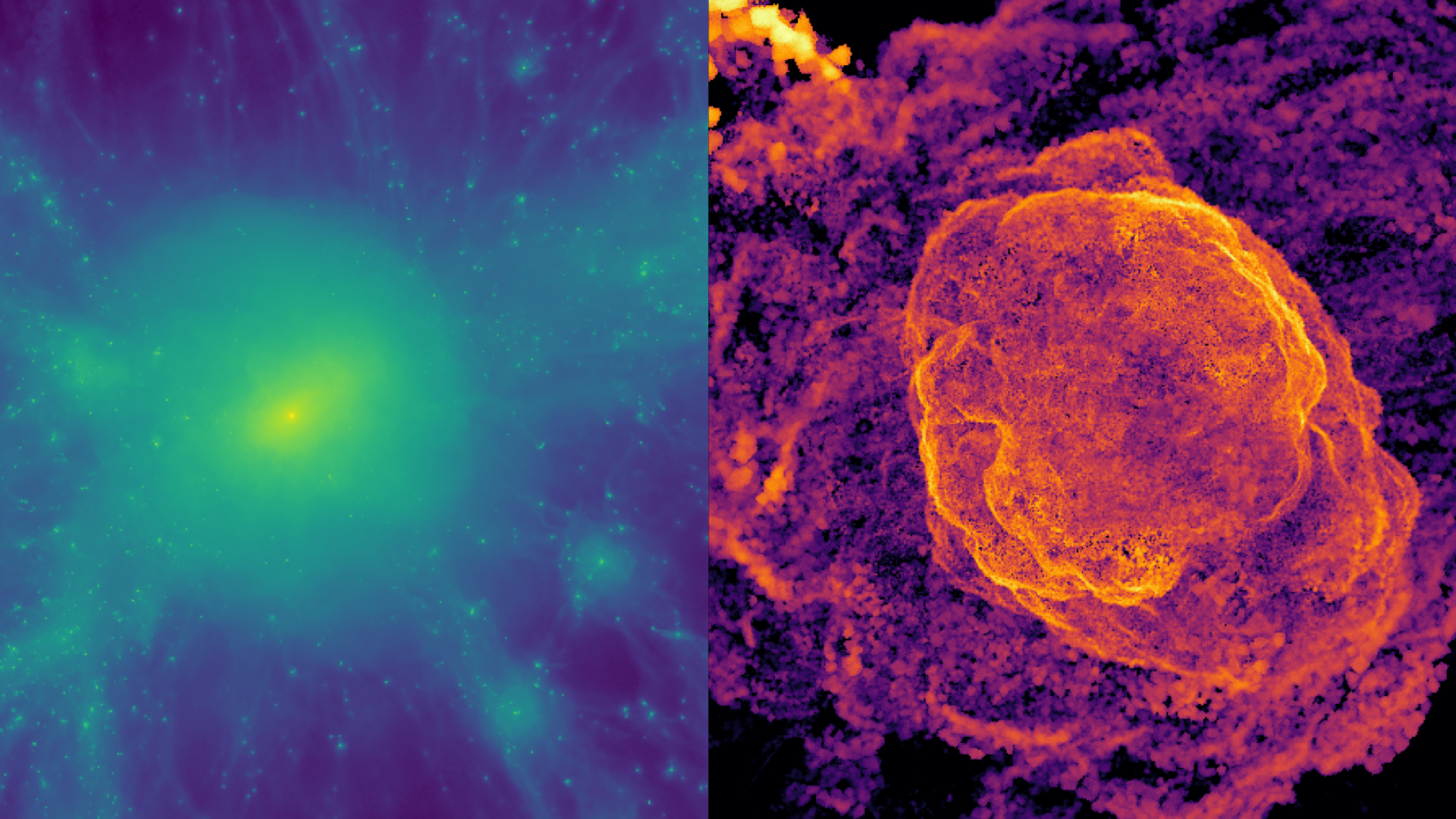
Astronomers finally explain the strange physics of ghostly 'radio relics' in space
By Sharmila Kuthunur published
A new set of computer simulations may finally explain several long-standing mysteries surrounding gigantic radio "relics" that appear when galaxy clusters collide.
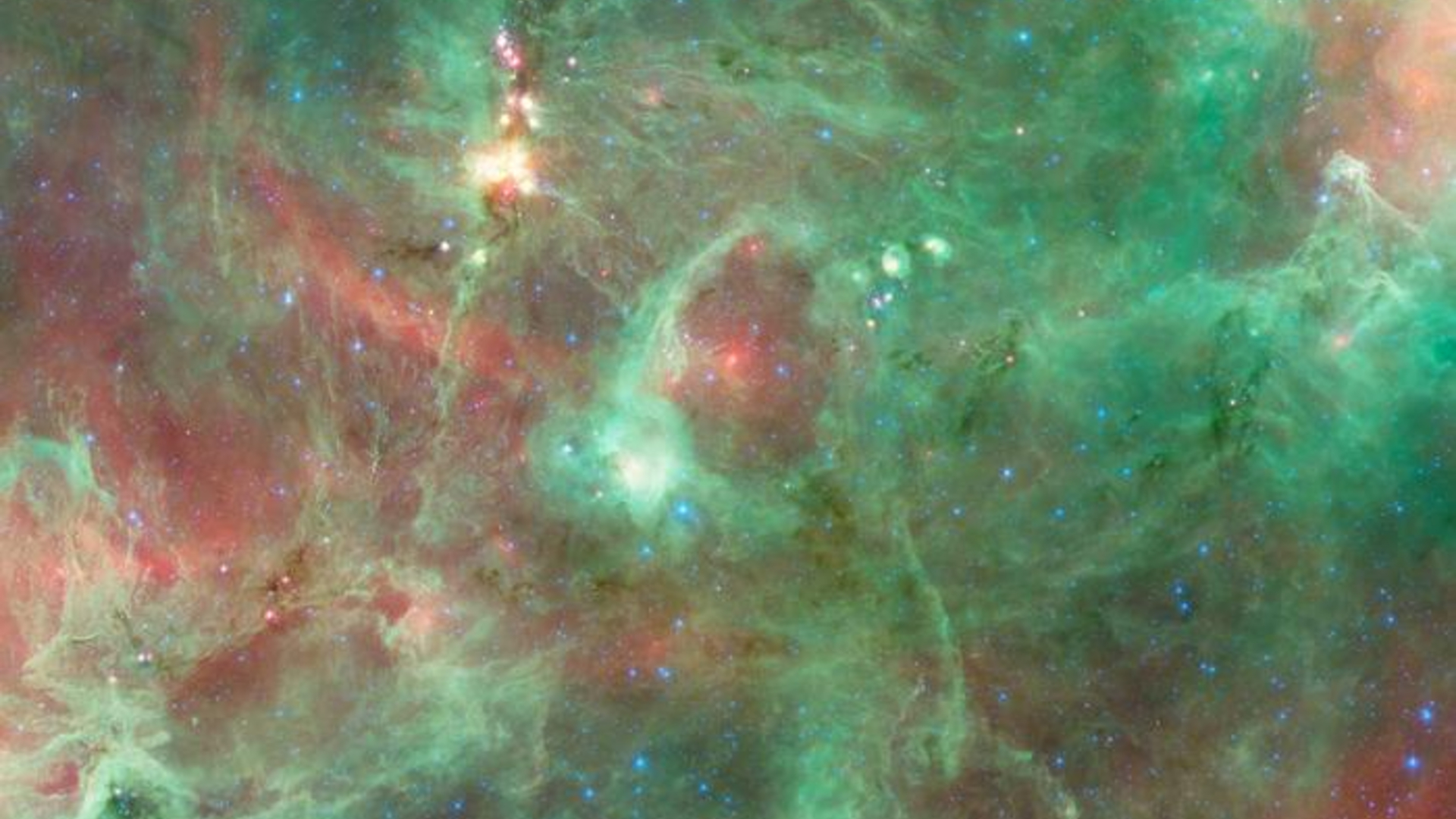
How did this 20-light-year-wide 'Diamond Ring' form in space? Maybe a cosmic bubble burst
By Sharmila Kuthunur published
"All that remained was the particular flat shape."
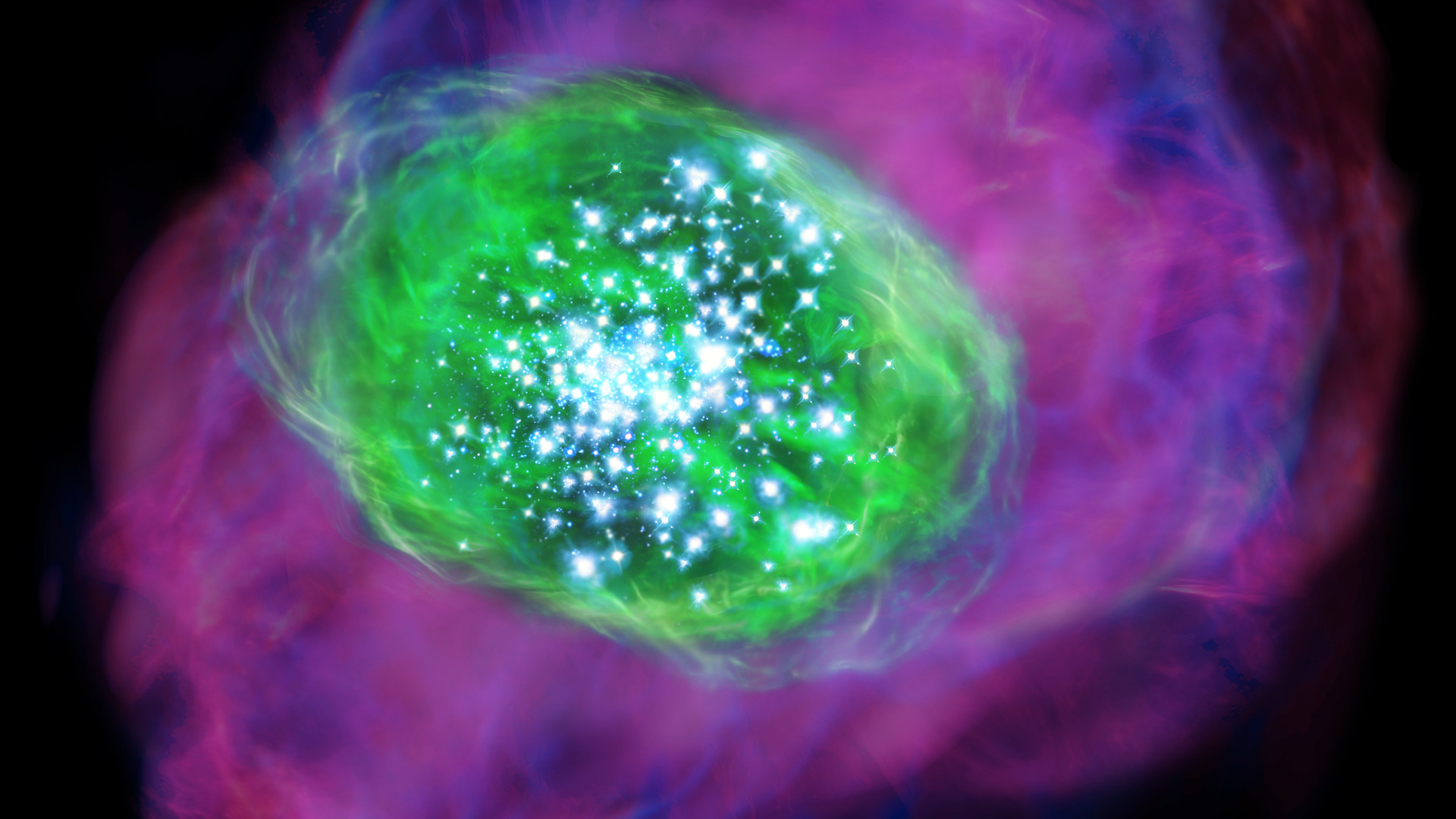
James Webb Space Telescope spots a gassy baby galaxy throwing a tantrum in the early universe
By Paul Sutter published
The astronomers estimate that this galaxy will deplete itself of gas in only a few hundred million years.
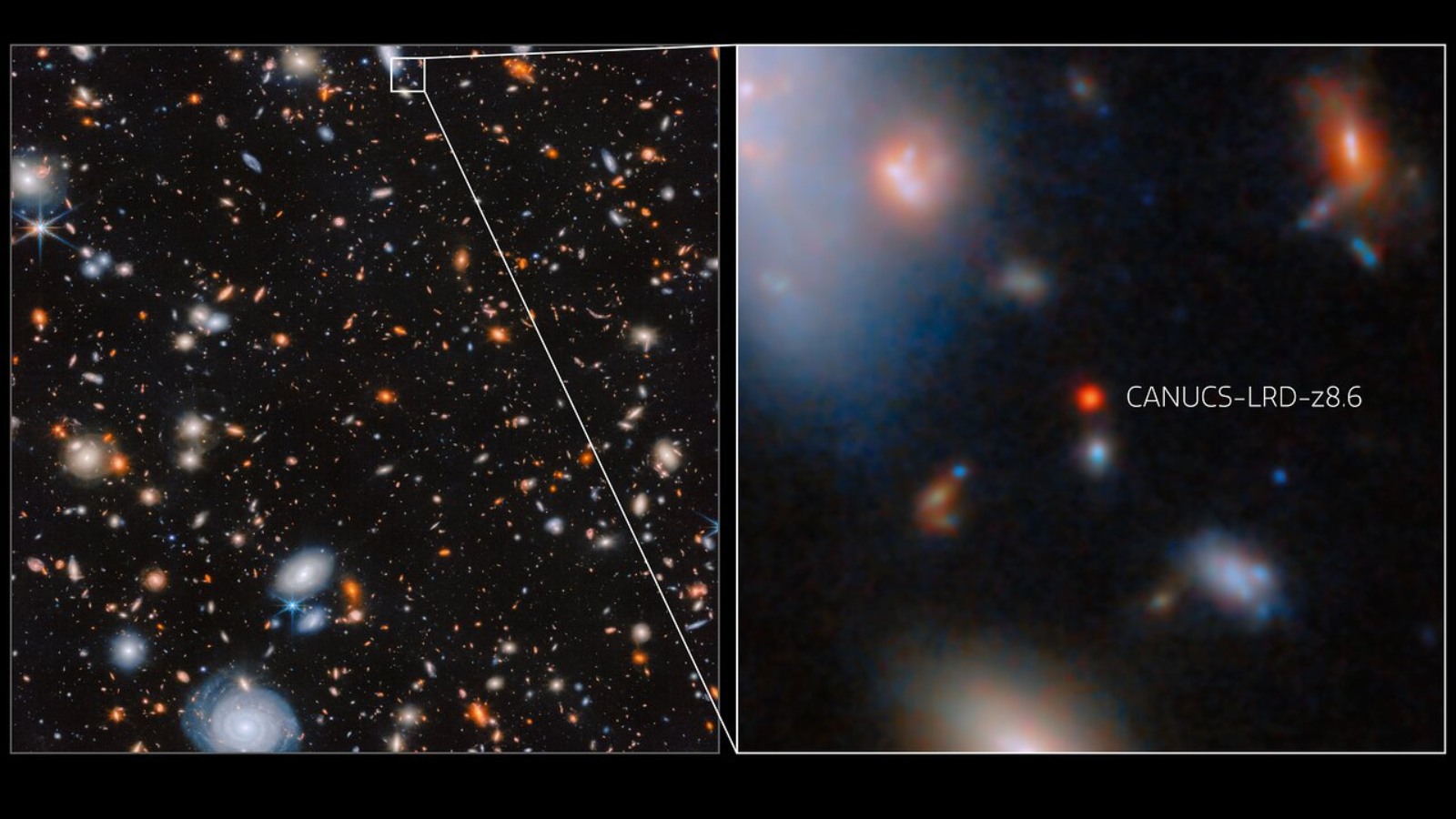
James Webb Space Telescope spots rapidly feeding supermassive black hole in the infant universe: 'This discovery is truly remarkable.'
By Robert Lea published
"This challenges our understanding of black hole and galaxy formation in the early universe."
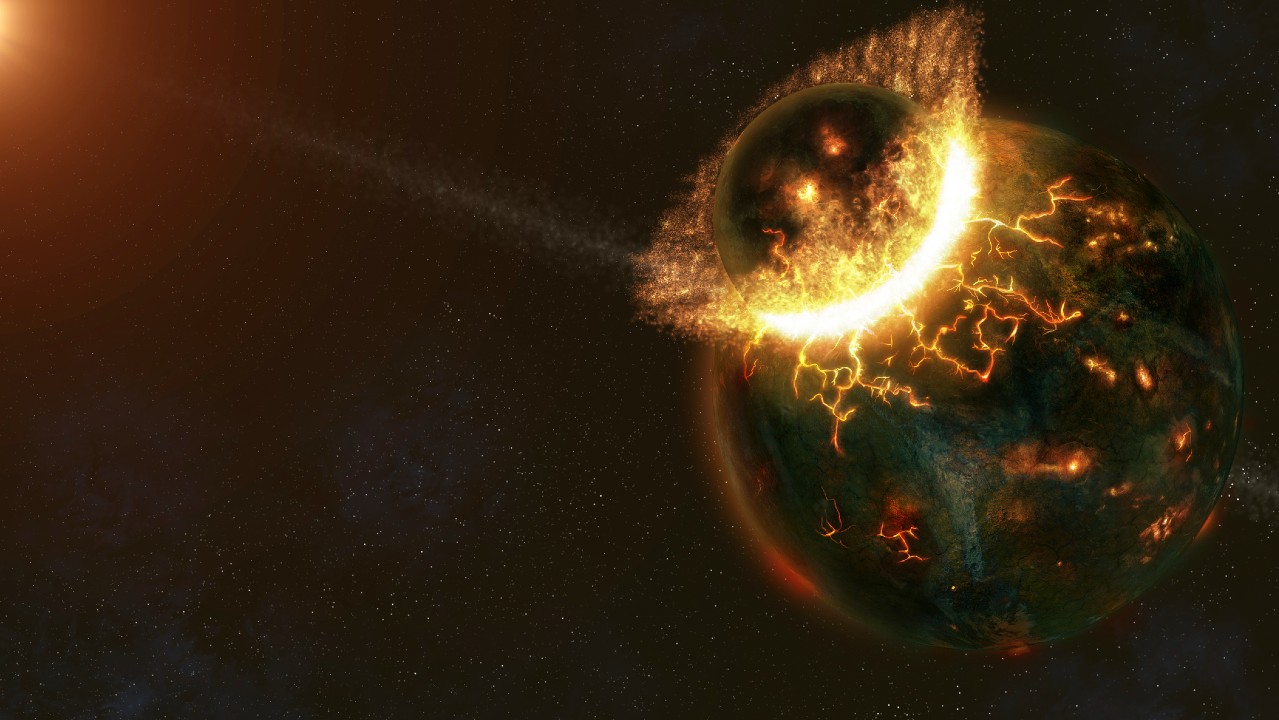
Earth and Theia smashed to birth the moon, but did they first start out as close neighbors?
By Robert Lea published
"The most convincing scenario is that most of the building blocks of Earth and Theia originated in the inner solar system. Earth and Theia are likely to have been neighbors."
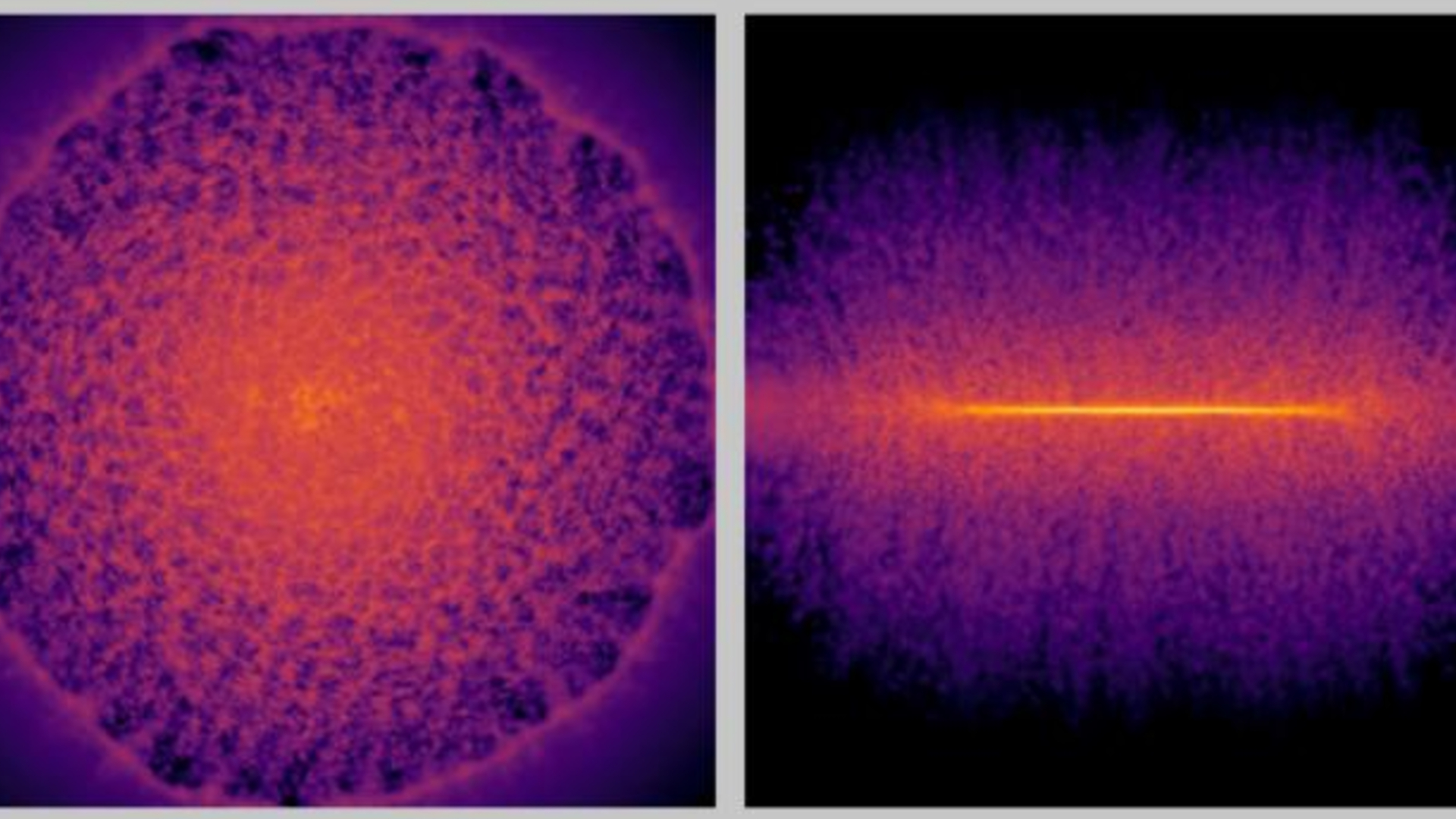
AI helps build the most detailed Milky Way simulation ever, mapping 100 billion stars
By Keith Cooper published
Simulating a billion years using previous best-resolution simulations would take almost 36 years of real computing time.
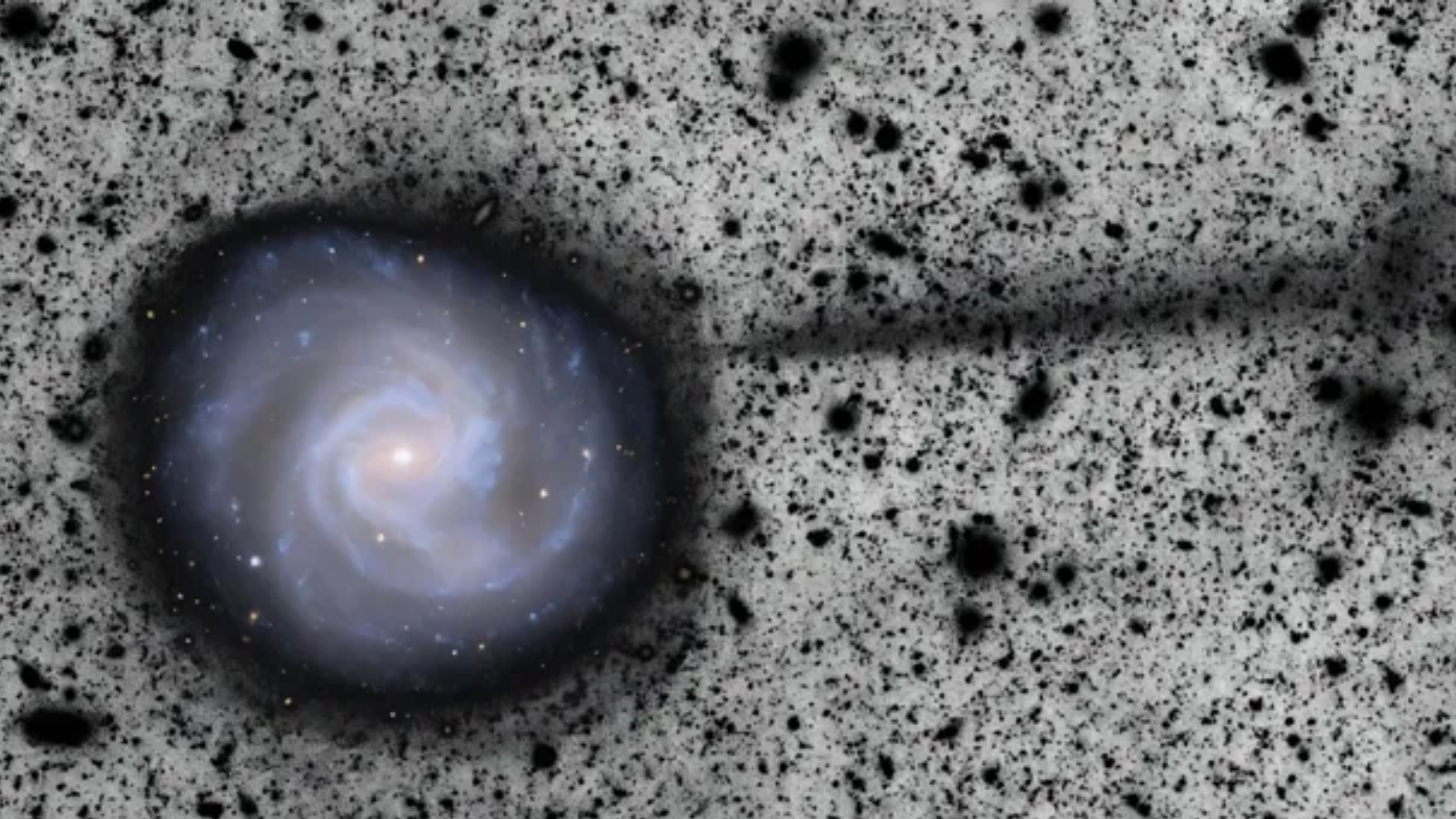
Rubin Observatory peers into the 'hidden universe' and discovers stream of stars longer than our entire Milky Way
By Robert Lea published
"The discovery of this stream highlights how much is still unknown about the life histories of galaxies, how the hidden universe shapes the realms that we can see."
Breaking space news, the latest updates on rocket launches, skywatching events and more!
